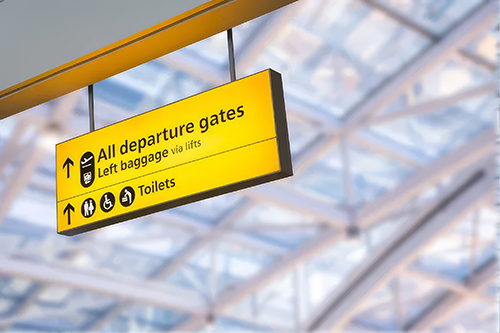Have you noticed how we use the word Amen like a liturgical full stop?
Many of our prayers, both liturgical and others, end with the word, “through Christ our Lord, AMEN”.
Quite frequently there is a physical shift and relocation – for example the community sits, and activity relocates to the ambo (that is a flash term for the lectern!)
We conclude our Prayers of the Faithful with a concluding AMEN and activity relocates to the Altar.
Frequently a liturgical doxology will conclude with the word, “Through Him, and with Him. AMEN”.
During the Rite of Communion persons approach the minister of Bread or Cup and the following interaction takes place:
“Body of Christ. AMEN”.
“Blood of Christ. AMEN”.
Technically the word AMEN has the meaning of “So be it”.
Beyoncé has a track on her album ‘Cowboy Carter’ with the title AMEN)
Amen has become a liturgical full stop.
I was once in ministry in a parish where for one old lady the full stop had been done away with – at least during the Rite of Communion.
This woman was a Māori kuia, that is an elderly woman of standing.
At the Rite of Communion this woman of age would approach the Minister of Communion and to the invocation “Body of Christ” the kuia would respond, “Nau mai”.
At the invocation, “Blood of Christ”, she would respond in a like manner, “Nau mai.”
Nau mai is a form of greeting and of welcome – as far distant from a full stop as you could possibly get!
Does the Body of Christ we know as Church resemble a full stop, or a welcome.
Body of Christ Nau mai.
Blood of Christ Nau mai.

The illustration is a painting (oil on velvet) with the title ‘Māori Elder’. The artist is Charles McPhee (1910 – 2002).


